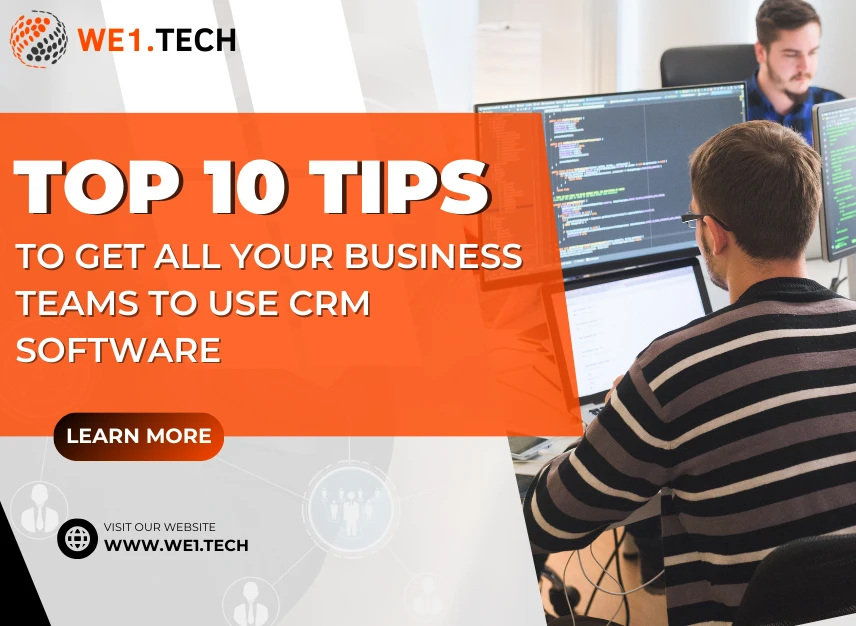
A Customer Relationship Management (CRM) system is a cutting-edge tool that helps businesses manage their interactions with customers. It organizes and streamlines everything from sales and marketing to customer service. This makes it easier to generate and convert leads while enhancing customer satisfaction.
The benefits of CRM are countless, from increasing sales efficiency to improving customer retention. But to unlock the full potential of CRM software, it is essential that every team within your company actively uses it.
Simply having a CRM system is not enough. Its true value comes from consistent usage across all departments. Without full team adoption, CRM software solutions remain incomplete and ineffective.
In this blog post, we will provide practical tips on ensuring that all your business teams utilize CRM effectively. So, let’s get started!